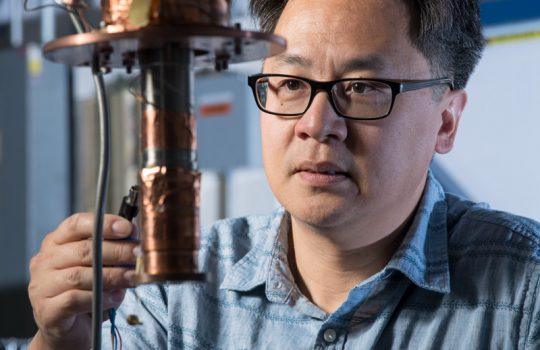Department of Energy awards Fermilab more than $10 million for quantum science
From Daily Herald, Oct. 9, 2018: The U.S. Department of Energy has announced that it has awarded scientists at its Fermi National Accelerator Laboratory more than $10 million to spur research that could revolutionize not only our understanding of nature, but also the very way we investigate it.

